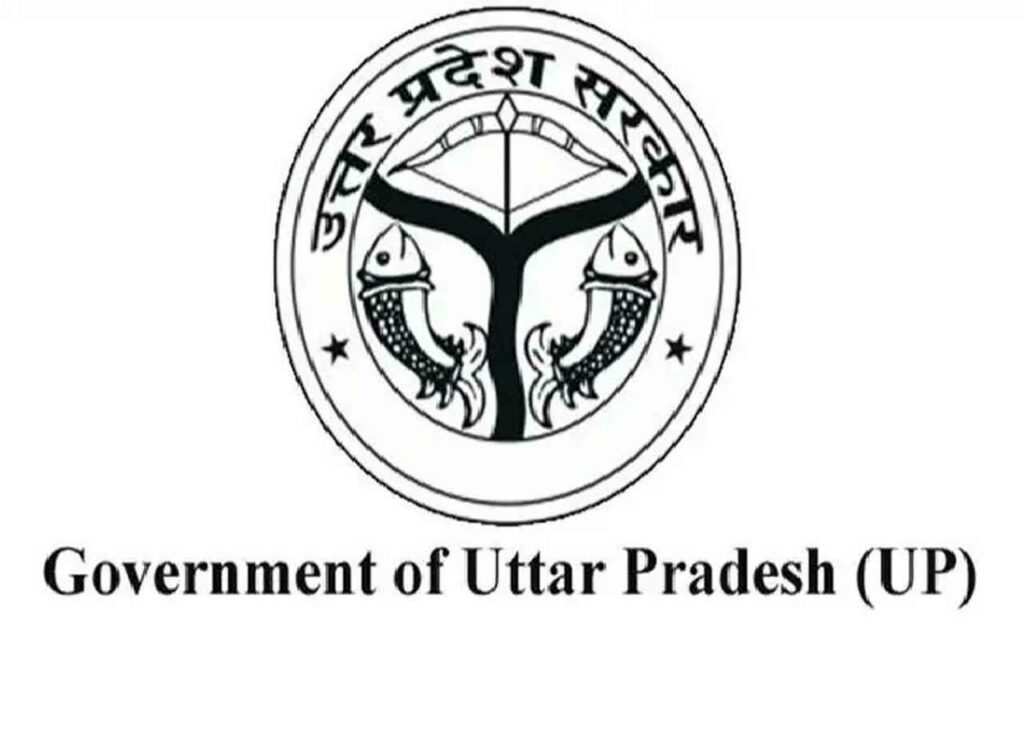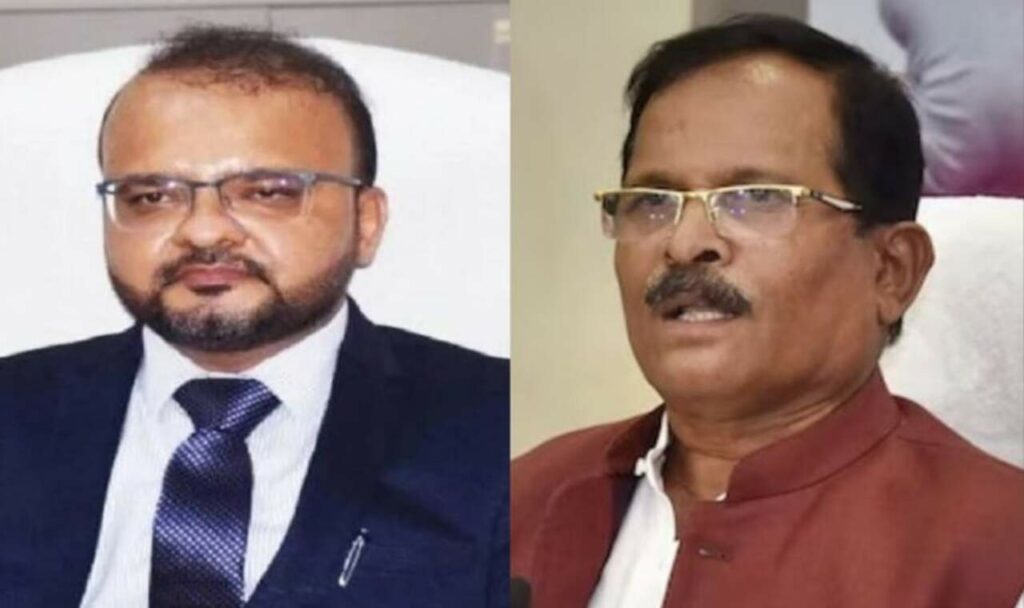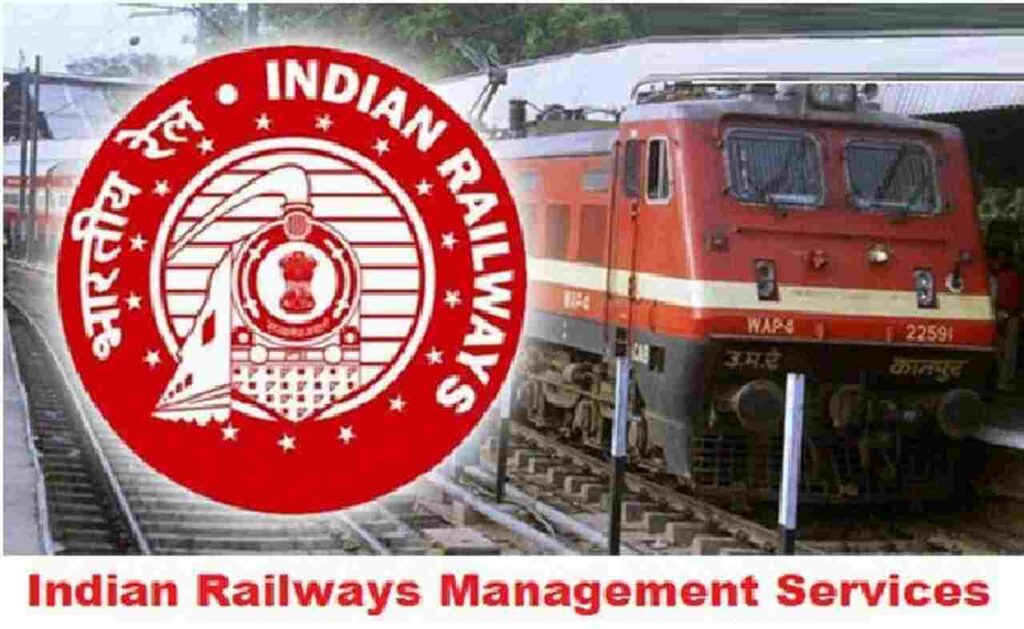Patna: In a significant administrative reshuffle, the state government announced the transfer of 11 IAS officers, marking a pivotal shift in key departments. Notably, senior bureaucrat K K Pathak, an IAS officer of 1990 batch, celebrated for his pioneering reforms in the education sector, has been reassigned amidst speculation and mixed reactions.
According to an official notification released by the General Administration Department, K K Pathak, currently on leave, has been appointed as the Additional Chief Secretary (ACS) of the Revenue and Land Reforms Department.
Mr Pathak, known for spearheading extensive transformations in the education domain, will continue to hold the additional charge of Director-General at the Bihar Institute of Public Administration and Rural Development.
In a move that has raised eyebrows, S Siddharth, a 1991-batch IAS officer serving as the Principal Secretary to the Chief Minister’s Secretariat, has been entrusted with the additional charge of ACS, Education Department, replacing Pathak until further notice.
Further adjustments include the transfer of Deepak Kumar Singh, a 1992-batch IAS officer, from his role as ACS in the Revenue and Land Reforms Department to a similar position in the Rural Works Department. Arvind Kumar Chaudhary, a 1995-batch IAS officer, has been shifted from the Finance Department to the Home Department, assuming the crucial role of Principal Secretary.
In a cascading effect, Lokesh Kumar Singh, a 2003-batch IAS officer, previously overseeing the Science, Technology, and Technical Education Department, has been redirected to the Finance Department as Secretary. Meanwhile, Pankaj Kumar Pal, a 2002-batch IAS officer, will transition from his role in the Rural Works Department to serve as Secretary in the Rural Development Department.
The reshuffle, while aiming to streamline administrative efficiency, has prompted debates regarding the impact on ongoing initiatives, particularly in the realm of education where Pathak’s reforms have garnered acclaim and criticism alike. As the state government navigates these changes, the focus remains on maintaining momentum in critical sectors while adapting to evolving priorities and challenges.








